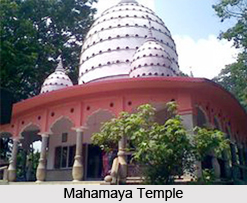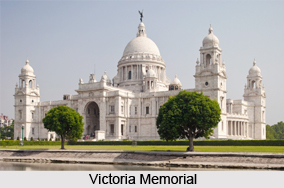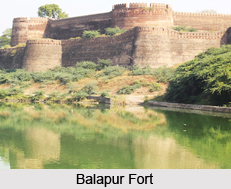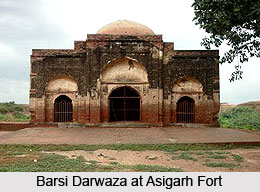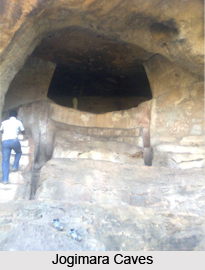 Bansi Palace is located on the banks of the river Rapti in Siddharthnagar District, Uttar Pradesh. The Bansi Palace is merely 30 kms from Piparhwa (Kapilavastu). It is one of the significant historical buildings in the district. It received its popularity when "Stupa" was discovered in the year 1897. The beautiful district is named after Prince Siddhartha, which was the name of Lord Buddha till he achieved his wisdom before the age of 29 years. It is believed that he spent his early years in Kapilavastu which is located within this very district.
Bansi Palace is located on the banks of the river Rapti in Siddharthnagar District, Uttar Pradesh. The Bansi Palace is merely 30 kms from Piparhwa (Kapilavastu). It is one of the significant historical buildings in the district. It received its popularity when "Stupa" was discovered in the year 1897. The beautiful district is named after Prince Siddhartha, which was the name of Lord Buddha till he achieved his wisdom before the age of 29 years. It is believed that he spent his early years in Kapilavastu which is located within this very district.
Bansi Palace is an old historic building built approximately 150 yrs ago, on an area of 20 acres. The palace holds tall gateways with majestic lions, sprawling compound with orchards herald the entry into this charmed world of bygone era. The majestic drive leads into a compound where a profusion of flowers frame the portico in welcome. This palace is presently serving as a heritage hotel in the state of Uttar Pradesh.
In this elegant heritage hotel of India, there are about 4 double bed rooms at present with attached bathrooms. The interiors of the room are very lavish and with period furniture and antique frescoes remind the guests of the golden days of the region. All the rooms offer amazing view of the courtyard and veranda. There is a small library, a badminton court and a table tennis table.
History of Bansi Palace
History of the House of Bansi traces back to the 13th century when the chiefs of Bansi were independent Princes with the power to make war or peace with neighbouring tribes. Held in high esteem by Indian Emperors and especially by Akbar the Great, they occupied the entire area between Gorakhpur and Gonda. Over the year and with passing of centuries the historic Bansi Palace came to life with the magnificent home to the descendants of the 13th century Srinet Rajput of the solar Dynasty. Within the precincts of these time weathered walls is Bansi Palace - a bastion of proud Rajput traditions bathed in the ambience of unmistakable Uttar Pradesh and Awadhi culture.
